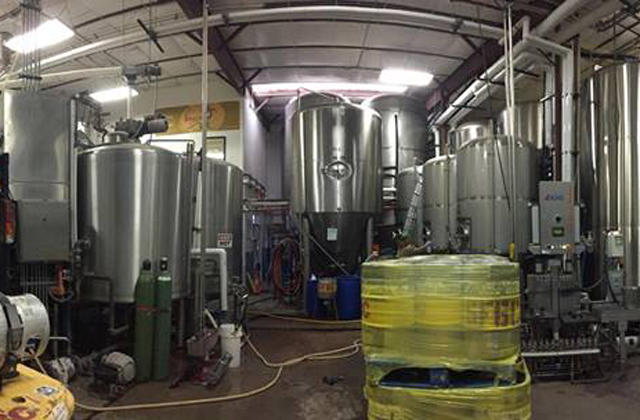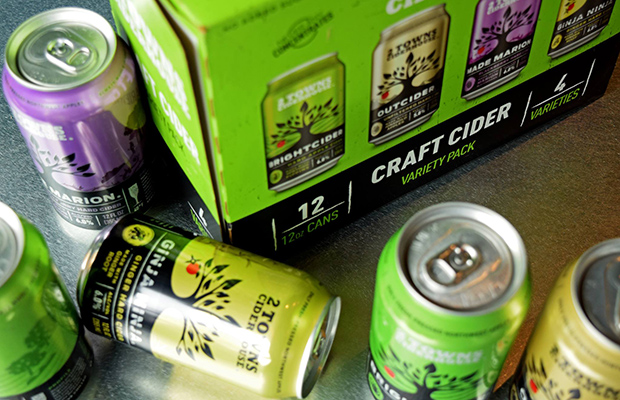
A handy creation for your brewery’s sales staff to be able to access to use for planning with a beer buyer is a yearly portfolio calendar. In the March/April issue of Brewer, we delve deeper into when a brewery starts to need planning for this yearly information along with why it’s important.
“Both shelf space and menu lines are precious, so being able to map out the year for retailers and bar managers is always a win-win,” said Lift Bridge owner Brad Glynn. “Locking in placements helps forecasting and ultimately allows us to produce the right amount of beer so that nothing is wasted.”
In addition to that information, breweries from across the country shared where is the best place to store the information and how it can be accessed.
Summit houses its calendar on its distributor resources website.
“This is where our internal sales staff, as well as our distributor partners, can go to access the calendar and utilize it for sales calls in the market as well,” explained Director of Sales, Brandon Bland. In the past, the brewery has done a number of different external things as well including posting on social media, releasing it to the media via a press release, and always sharing it with its internal brewery staff as well.
Surly starts planning the brand calendar for the following year in about March of the previous year, which means the brewery is anticipating the 2023 calendar already pointed out by Bill Manley, Vice President of Marketing.
“Initially, the brand calendar exists as a living spreadsheet on internal servers,” he said. “We get it to a place we are all happy with and use it in our Annual Business Plan conversations with distributors and key accounts. Oftentimes, our distributors and/or retailers will have comments about plans for timing or package schedules, and we can have a last set of eyes on it before we debut the plan to our consumers.”
Typically, Surly will release the calendar to fans right around Thanksgiving, via our social channels and through a newsletter.
“From there, it lives in the blog section and on our website, and we give handouts to accounts, distributors, internal sales, and distributor brand managers as we start to sail into the next year,” he said.
Calendars are probably most beneficial to sales staffs, Manley added.
“This allows them to plan well in advance with distributor and retail partners and begin to build out more accurate distribution and volume growth plans that align to the calendar,” he said. “Going back to our ideal world, we put out the following year’s calendar to our distributors at our annual fall meeting along with all the details behind the launch plans for any new products as well as taste them through the products themselves.
“From that point forward, the detailed level planning can then begin to take place with our sales staff and partners.”
As a larger volume regional brewery, it’s important for consumers and especially distributor partners and retailers to know what’s coming next for Great Lakes Brewing.
Brand Manager Marissa DeSantis said that the Cleveland brewery has an internal portfolio development team that works at least a year in advance to determine any tweaks, innovations, or additions to the lineup to allow for enough time to research and develop, source raw materials, design and produce packaging, and prepare any supporting programming and point of sale.
“We generally make a public announcement of our full portfolio near the end of the year,” she said. “Even if we are still crafting recipes or artwork, we like our customers to know what they have to look forward to and build hype.”
Great Lakes will break its beers into a few simple categories: year-rounds, seasonals, variety packs, and its Imperial IPA Series.
“Rather than pinpoint a specific range of availability for rotating seasonals, we tend to focus on the release date versus a set window of time,” she said. “There are so many factors that can affect how long a beer can actually be found on the shelf or on tap across all of our markets, so we focus on hyping up the release date to drive early trial and purchase.”
Over the course of the year, it’s definitely a B2B tool more than front-facing to consumers, but having it printed out or online available for people to see when (or if!) their favorite beer is coming back is important as well said Indeed Sales Director Ryan Bandy.
“The main downside I’ve seen with a brand calendar throughout the industry is that it can sometimes feel like a cage more than a plan — like a list of things you have to release, and allows less room for bursts of creative energy or seizing on overnight trends,” he said. “Finding that balance between efficiency and creativity is difficult but really important.”




Be the first to comment